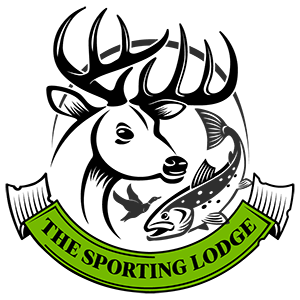Hunting Optics and Scopes
Hunters and target shooters using advanced optics and reticle systems can achieve greater accuracy on both the range and in the field – an especially crucial benefit when targeting long range shots.
Hunting scopes typically feature low-profile turrets with capped covers to facilitate easy use once zeroed; this prevents accidental changes to point of impact.
Optical Performance
Finding the ideal hunting optics requires many considerations, but ultimately comes down to performance in real-world conditions. A hunter needs clear and bright images at various magnifications so they can spot their target easily even during bad weather conditions.
At its core, high light transmission and clarity through tough coated lenses is paramount, while durability, waterproofness and fogproof construction is equally as crucial. Furthermore, the ideal scopes offer multiple magnification levels with multiple reticle options available to them.
The Athlon’s second-plane reticle provides elevation and windage references that are helpful when hunting in terrain with multiple elevation or windage changes, yet may be overkill for casual hunters who would find its simpler MOA-based reticle more intuitive in use. Although big, sturdy and versatile enough for use on many different missions, testers found its brightness, precision and optical quality impressive; they did not consider it the best value option available to them in this category.
Controls
Long distance hunters must utilize a scope with an adjustable objective to account for parallax issues at magnifications greater than 10x, so their reticle remains always focused on its target.
Objective lenses determine how bright a scope is and the size of its image that appears through the ocular lens. A larger objective lens also allows for larger exit pupils, which is essential when using a BDC reticle to calculate holdover corrections themselves or use built-in holdover marks as part of their correction strategy.
An accurate turret is another key feature, especially when shooting long range. An ideal quality turret has audible clicks that enable quickly and precisely setting of adjustments, with an adjustable lock function to prevent accidental dialing below 100 meters or yards (typically set as zero). Some scopes even come equipped with zoom control knobs to change magnification settings.
Versatility
Top-grade scopes should offer enough versatility to be useful in various hunting situations, from stalking or ranging to stalking and rangefinding. Furthermore, they should be easy to set up and hold their zero even after being bumped by rifle recoil; furthermore they should accommodate for various calibers and bullet weights.
Starting hunting scopes typically feature second focal plane reticles without holdovers or hash lines and offer low-profile hunting turrets that don’t allow for too much manipulation, making them suitable for novice hunters or shooters on a budget.
More advanced hunting scopes feature first focal plane reticle systems with matching subtensions and one centimeter clicks, making these scopes suitable for tactical shooting on unknown distances and coming with BDC reticle options.
Value
No matter where your hunting takes you, an accurate rifle scope is essential for successful hunting experiences. While certain brands might overprice themselves, others offer great value for their cost.
Opting for a rifle scope equipped with high-grade lenses will offer superior image clarity and light transmission, plus more precise hunting results. Also consider selecting one with multiple magnification levels so you can find a rifle scope tailored precisely to your hunting situation and hunting scenario.
A quality rifle scope should allow you to see your target clearly with sharp, crisp images even in low-light conditions. Furthermore, its durable but lightweight construction should withstand recoil and be waterproof/fog proof for use when weather conditions turn foul.
